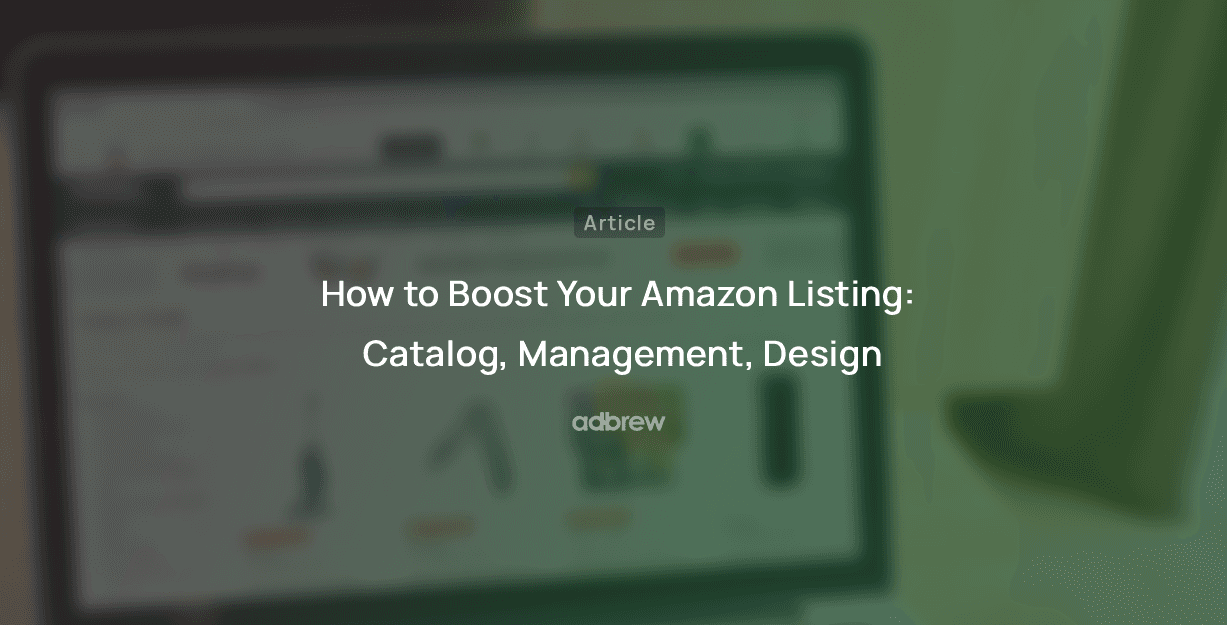Amazon Product Lifecycle: 5 Critical Stages for Sellers

Nishant Singh
Mar 12, 2025
Selling on Amazon is not only about listing a product and waiting for sales. Every product goes through a journey that includes planning, growth, and eventually decline. This journey is called the product lifecycle. Understanding it helps sellers plan better, manage inventory efficiently, and stay ahead of competitors.
What Is a Product Lifecycle?
A product lifecycle describes how a product moves from being an idea to eventually being replaced or discontinued. In the Amazon ecosystem, this cycle is often faster than in traditional retail because of the constant competition and quick shifts in customer demand.
By knowing which stage your product is in, you can decide how much to spend on advertising, how to price your product, and when to expand or cut back.
You can read more about the general product lifecycle model on SurveyMonkey’s guide and Dept Agency’s analysis.
The Five Stages of a Product’s Life on Amazon

1. Development
This is the preparation stage before your listing goes live. You identify a market gap, source products, and build your listing.
Successful sellers perform keyword research, study competitors, and plan supply chain logistics early. According to Urtasker, sellers who test their ideas and prepare listings carefully are more likely to have smooth launches.
At this stage, your goal is to make sure there is real demand and that your costs allow a healthy profit margin.
2. Launch (Introduction)
The launch stage begins when the product is listed for the first time. Sales are usually low in the beginning as awareness builds. You need to focus on visibility through Amazon Ads, optimized images, and early reviews.
Many sellers use Sponsored Products campaigns or small discounts to encourage first purchases. Keeping enough inventory is also important because running out of stock can damage your ranking.
Prepit Packit Shipit suggests closely tracking click-through rate, conversion rate, and review quality during this stage.
3. Growth
In the growth stage, your product starts gaining traction. Sales increase quickly and customer feedback improves. This is the best time to scale advertising, explore new keywords, and consider variations like new sizes or colors.
Academic research from arXiv shows that customer reviews and star ratings have a direct effect on how long products stay in this growth phase on Amazon.
4. Maturity
Once a product becomes well known, it enters the maturity stage. Sales stabilize but growth slows down. Competitors often lower prices, which puts pressure on profit margins.
This is when operational efficiency matters most. You should focus on maintaining your rank, protecting your ratings, and improving your product detail page for conversions. Some sellers bundle products or refresh packaging to stay relevant.
Extensiv points out that mature products often benefit from refined advertising strategies that focus more on profitability than aggressive expansion.
5. Decline
Every product eventually faces reduced demand. New trends, better alternatives, or market saturation can lead to declining sales.
Sellers need to decide whether to discount heavily, bundle slow-moving items, or phase them out entirely. For FBA sellers, slow-moving stock can trigger higher storage fees, which makes this stage particularly risky.
The best strategy is to plan ahead, clear remaining inventory, and redirect focus to newer or improved products.
Why the Lifecycle Matters for Amazon Sellers
Understanding your product’s stage gives you better control over pricing, advertising, and inventory.
For example, during the launch stage, it makes sense to invest heavily in ads to gain visibility. During maturity, you might reduce ad spend and focus on profitability.
The lifecycle also helps prevent overstocking or running out of inventory, both of which can hurt your performance metrics. It allows you to make data-driven decisions instead of reacting too late.
Stage | Seller Focus | Key Goal |
|---|---|---|
Development | Research, sourcing, listing setup | Build a foundation for success |
Launch | Advertising, early reviews, visibility | Gain traction and visibility |
Growth | Scale campaigns, manage competition | Increase market share |
Maturity | Optimize operations, protect rankings | Maintain profitability |
Decline | Exit or rebrand strategy | Minimize losses and move forward |
Final Thoughts
The Amazon marketplace moves fast, but the principles of the product lifecycle remain the same. Sellers who understand these stages can predict changes, manage resources effectively, and stay competitive.
Whether you are just launching your first product or managing a portfolio of mature listings, recognizing the lifecycle helps you plan your next move with confidence.
Frequently Asked Questions
1. How do customer reviews impact the product lifecycle?
Customer reviews build trust and boost conversions, especially during the growth and maturity stages. Products with more than 50 reviews tend to convert up to 30% better than those with fewer reviews.
2. What role do complementary products play?
Pairing your item with complementary products can extend its maturity stage and increase your average order value. For example, selling a phone case alongside a screen protector keeps customers within your brand ecosystem.
3. Do different categories have different lifecycles?
Yes. Categories like electronics or tech gadgets tend to have shorter lifecycles (6–12 months), while daily essentials and home goods can stay profitable for years.




